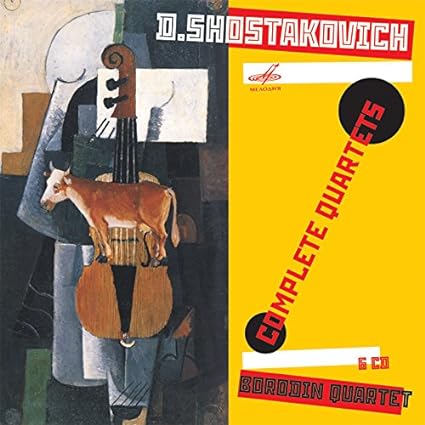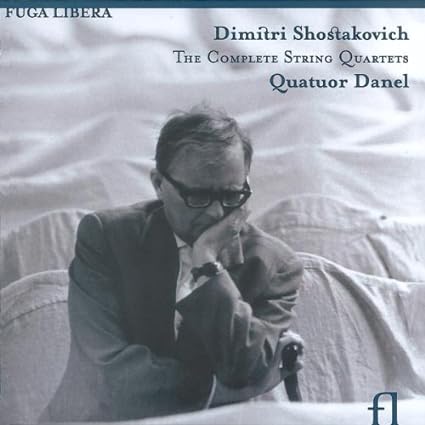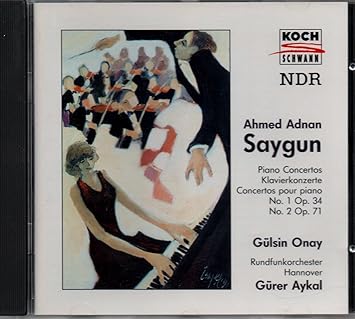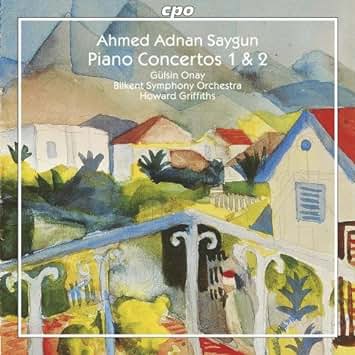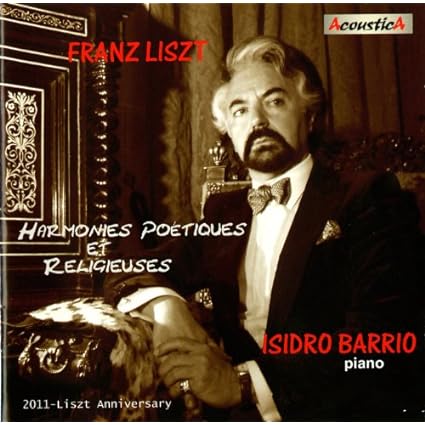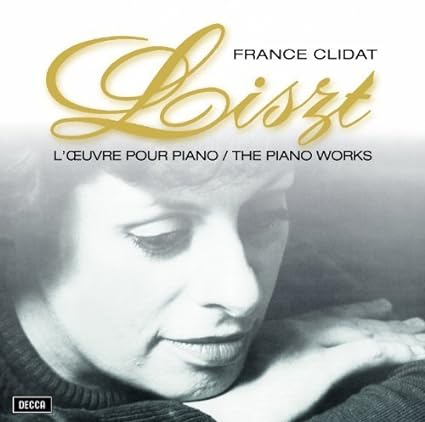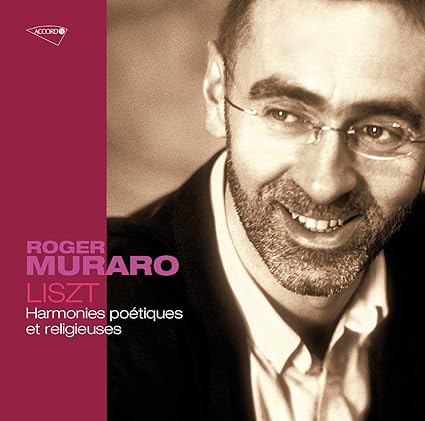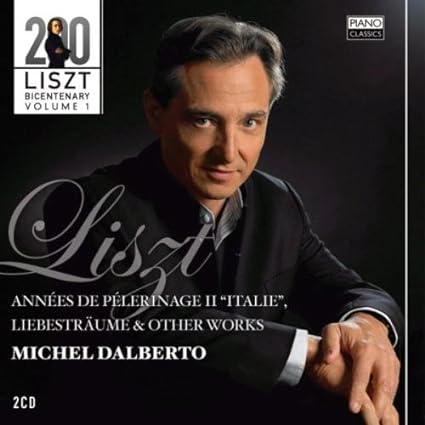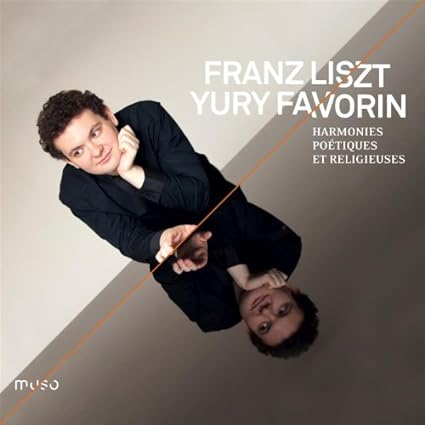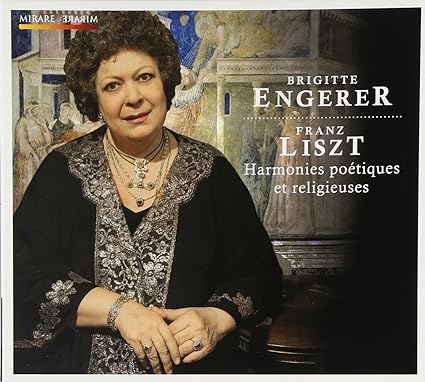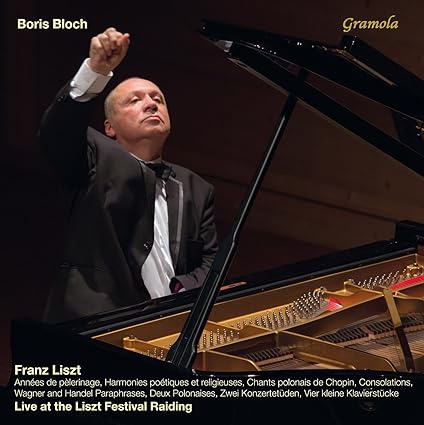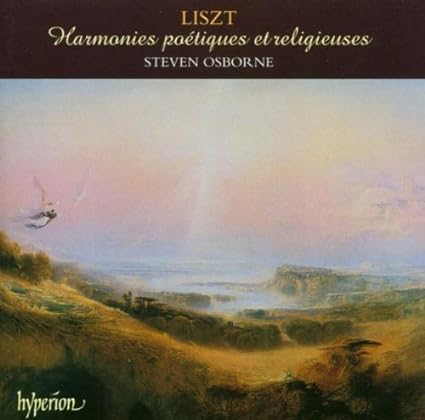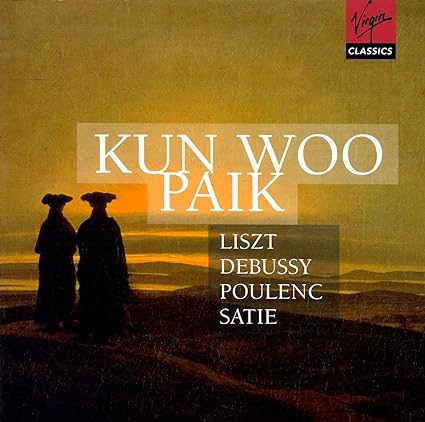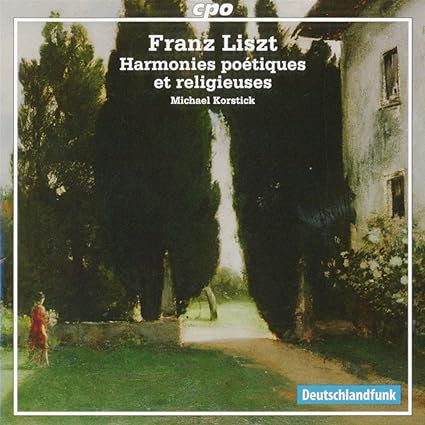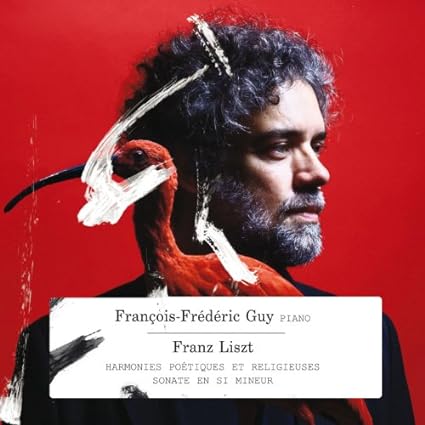One of the consequences of avid collecting is that one might from time to time end up with multiple recordings of obscure works. Case in point, Ahmed Adnan Saygun's Piano Concertos. As far as I can tell, only three recordings have been made of these works, and Turkish pianist Gülsin Onay is the soloist in all of them. She's the only Saygun "specialist" I know of, and she has recorded some of the composer's solo piano works, too. I picked up the Koch Schwann recording as a cutout from BRO many, many moons ago, and I picked up the CPO recording as a new-ish release many moons ago. I'd never done an A/B before, so I figured now was as good a time as any.
I started with the Koch recording of the First, penned in the 50s. My memories associated the music with Bartok, and there's good reason for that, as the Bartok style in his first two piano concertos can be heard in this work. So too can Prokofiev and Ravel. Some of the wind writing sounds almost transplanted from Ravel. A standard fast-slow-fast structure is used for the work, with folk or folk-inspired music, and lots of staccato playing is to be heard, especially in the outer movements. The orchestration is often vibrant, though it's a bit sparse in the slow movement. In the Koch recording, Onay seems quite comfortable in her part, and the orchestra plays more than ably. The sound is slightly hard-edged, but not too bad, and it is not overly bright. The CPO recording is better in every regard. The sound is more modern and more realistic. The soloist sounds a bit larger compared to the orchestra, but nothing out of the ordinary. The piano sounds better and more realistic, and the orchestral playing is a bit tighter. Howard Griffiths gets slightly more refined playing from his band, with smoother transitions, but perhaps Aykal's occasionally more robust assertiveness or aggression is really more in the spirit of the piece. Whatever the case may be, I definitely prefer the CPO recording.
The Second, from the 80s, marries more lush and refined orchestration with some more avant-garde styling, and some occasionally even harsher piano writing. It's fast-slow-fast again, with a more melancholy, darker Lento slow movement. The same sonic and artistic attributes present in the First are present here, and though it might seem more refined playing might better suit the work, the older Koch recording might be slightly preferable. That written, even though I own both recordings and I therefore don't have to choose, if forced to choose, I'd take the CPO disc as the keeper.
Amazon UK link (Koch):
https://www.amazon.co.uk/dp/B000006MU4/?tag=pinkfishmedia-21
Amazon UK link (CPO):
https://www.amazon.co.uk/dp/B001E2V8OU/?tag=pinkfishmedia-21
